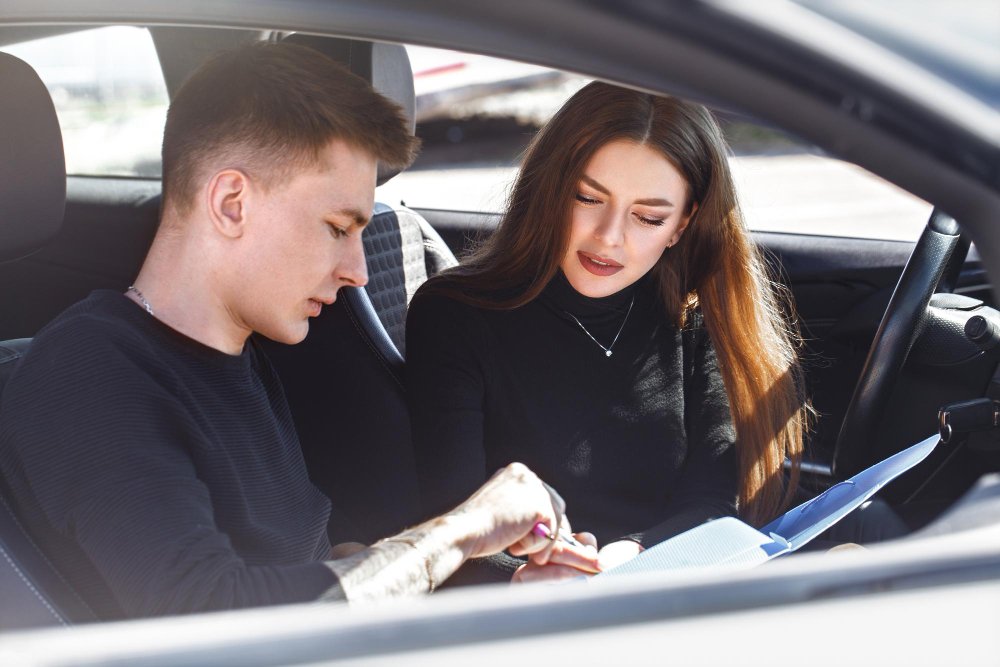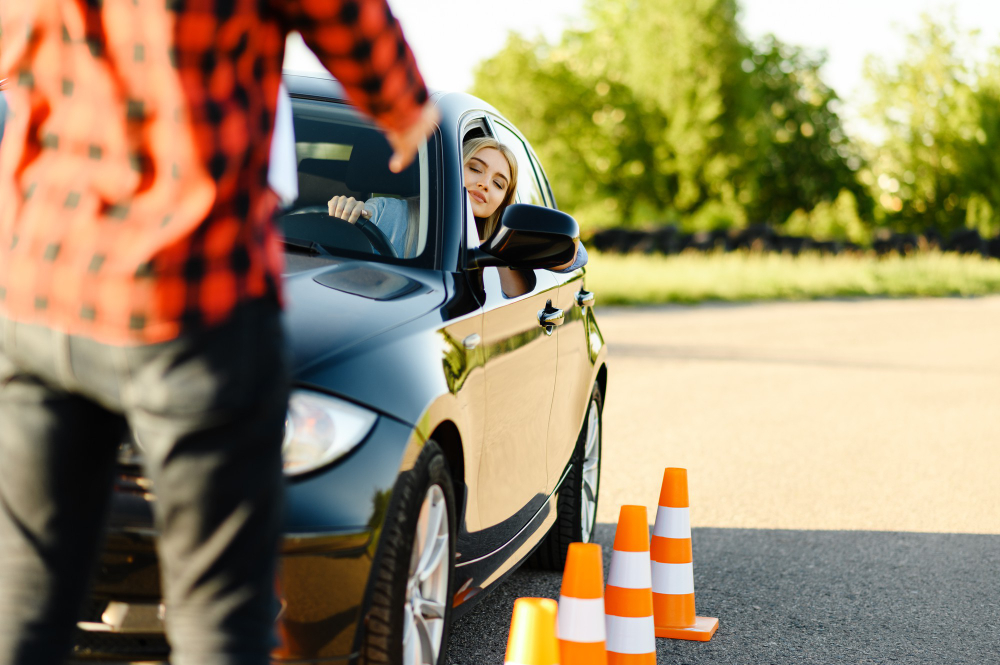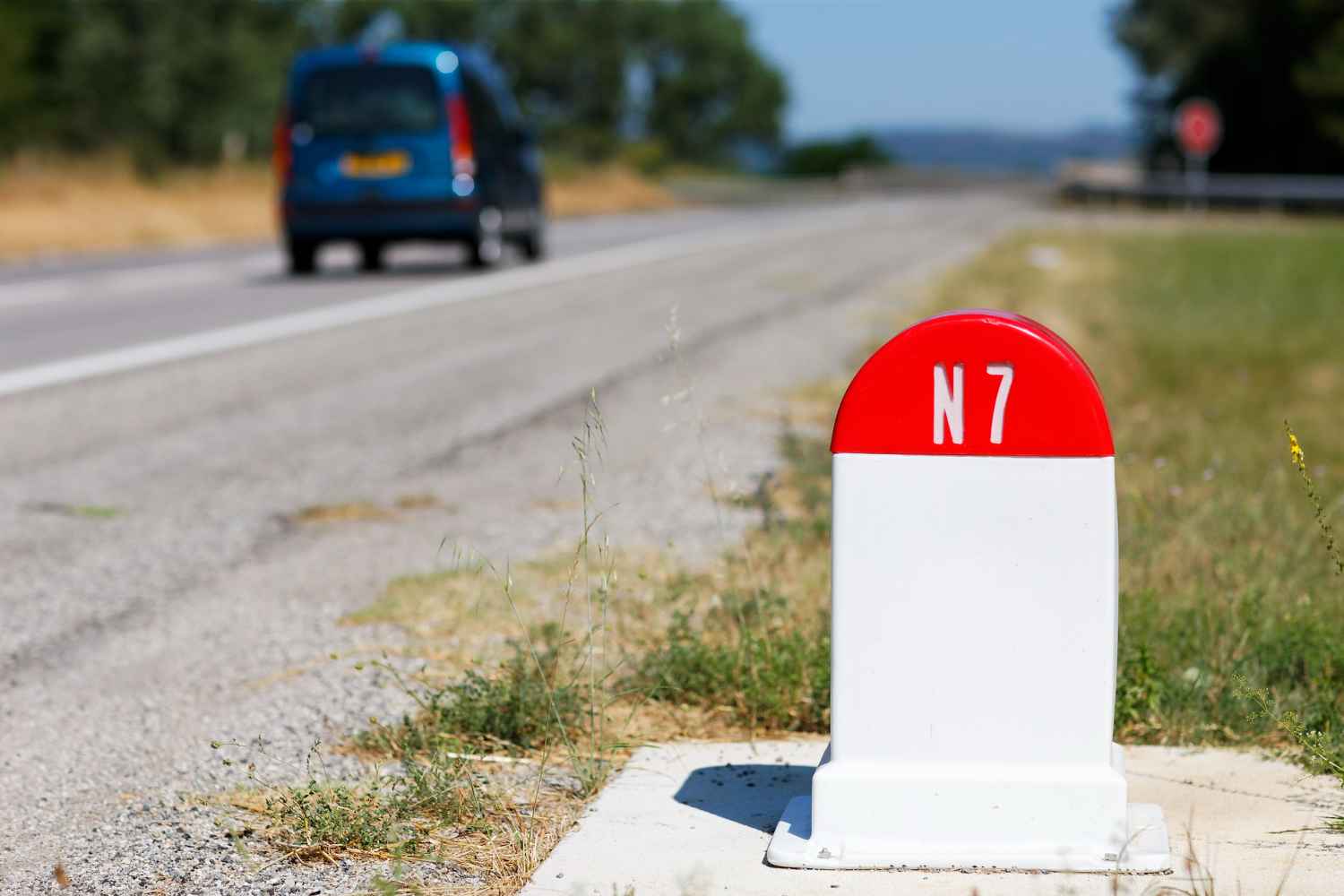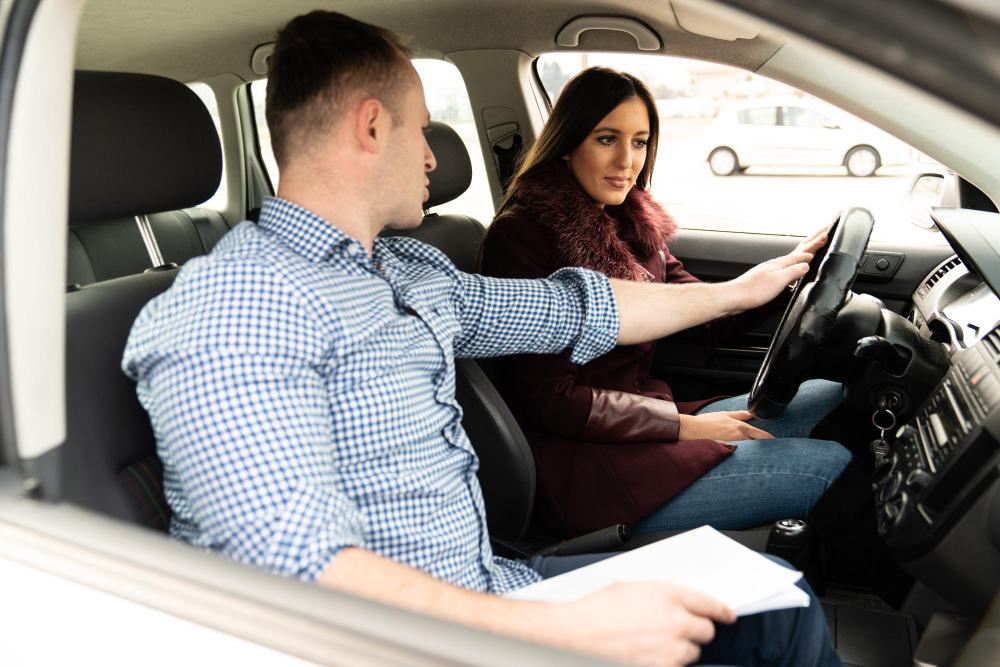In this era, driving skill can be ranked among the essential ones, but passing the driving test can take its toll on many. Not everyone succeeds on their first attempt, which can be frustrating, especially when you are eager to start driving.
This article explores the number of driving tests that you can take in the UK, major causes of failures and what you can do to enhance your chances of passing the test.
Maximum Number of Driving Test that You Can Take
In the UK, there is no exact limit on how many times you can take the driving test. But if you don’t pass, there is a waiting time of at least ten working days before you can try again. This helps you practice and work on the areas you did not do well in.
If you keep failing your test continuously, you might have to take a longer and more detailed test called an extended test. It happens if you fail the test a lot or if the examiner sees specific areas where you struggle.
What is the Waiting Period to Rebook a Driving Test?
You can schedule a new practical driving test after ten working days from the day you fail. This waiting time will allow you to practice with your driving instructor and get the proper training to improve your chances the next time you try.
Remember that specific driving test centres, especially the busier ones, might have even longer waiting times.
What Should I Do After Failing My Driving Test?
First of all, you have to stay dedicated! The average for passing the practical test is around 50%, so don’t be too discouraged if you don’t pass your test on the first attempt. You may have had some tough luck, maybe encountering a challenging situation caused by some other drivers that led to the failure.
However, now you have a better understanding of what to expect in your driving test, which should reduce nervousness and familiarise you with the overall exam setup.
Although failing the test can upset you mentally, analysing the examiner’s feedback and collaborating with your driving instructor to address the areas needing improvement will put you in a good position. If you take your unsuccessful attempt as a valuable learning experience and work on a plan to tackle the specific issues, you will gain more confidence for your next attempt.

What Will Be the Reasons For Failing My Driving Test?
There are two primary reasons for failing your practical driving test:
Accumulating over 15 minor driving faults:
Minor driving faults include car control, positioning, and mirror usage. You can have up to 15 of these faults, but if you repeatedly make the same mistake, it may be considered a serious fault, resulting in a test failure.
Committing a significant driving fault:
This involves making a mistake that actively endangers yourself, the examiner, the public or the property, potentially leading to a dangerous situation.
The DVSA has released a comprehensive list outlining the reasons for driving test failures, detailing the faults that cause individuals not to pass their test.
Do minor faults result in a driving test failure?
There are numerous minor driving faults categorised that can lead to the failure of driving test, which are as follow:
Insufficient mirror checks
Failing to check mirrors frequently is a common reason for failing the test. Always check mirrors during speed and direction changing.
Car stalling
Stalling a car is a frequent error even for experienced drivers, and it is considered a minor fault unless it is a danger to safety, like at a roundabout and while pulling out of a junction.
Kerb contact
Lightly touching the kerb is a minor fault, but moving it with any wheel constitutes a major fault, resulting in a test failure.
‘Show me, tell me ‘Questions
At the beginning of your test, the examiner will ask either a ‘show me’ or ‘tell me’ questions related to safety tasks or vehicle operations. Filing to answer these questions results in a minor fault during the driving test.
What Actions are Considered Major Faults?
Specific driving faults can lead to an immediate failure of your driving test. Here are a few examples:
Misjudging the speed of a coming vehicle
Failing to accurately assess the speed of a vehicle coming towards a junction and pulling out when it’s unsafe may require the coming vehicle to change speed or the examiner to intervene.
Neglect the usage of mirror
Not checking the centre and side mirrors when exiting a roundabout, resulting in a major driving fault.
Changing the Lane on a Roundabout with a Vehicle Directly Beside You
If you are trying to change a lane on a multi-lane roundabout without proper observation, and there is a vehicle around you, that vehicle needs to move away to save itself from the crash.
Not enough steering around a bend
Failing to turn the steering wheel sufficiently while navigating a bend, causing the passenger side wheels to mount the kerb.
Delayed steering near a parked vehicle
Getting too close to a parked car, steering too late, and not maintaining enough distance from the parked vehicle will count as a major driving fault.
Can I Drive Immediately After Passing My Driving Test?
Briefly yes! After passing your driving test, the examiner will ask if you would like to receive your full driving license immediately. If you opt for this, you will surrender your provisional license immediately. The examiner will then process your application, and your new license will be mailed to you.
If you choose not to receive your license immediately, you can apply it by post, but make sure that you apply within two years after passing the test; otherwise you will need to do another test.
You will typically get your new license within three weeks, during which you are still legally allowed to drive independently.




